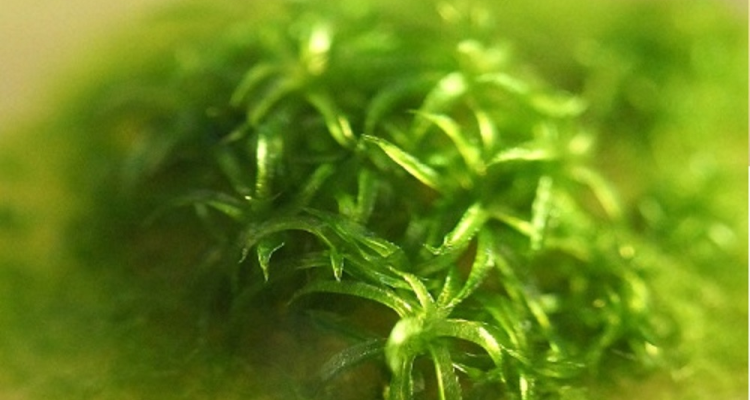
Cellular polarity and dynamics (Ketelaar Group)
In this project we aim to understand how the polarity cues provided by the microtubule cytoskeleton are transduced to the growing cell tip. We have identified several kinesin motor proteins that localize in the tip. Deletion of these kinesins causes diverse defects including a reduced responsiveness to extracellular cues and disruption of growth. Using molecular cloning, moss transformation and genotyping, we will generate lines with fluorescently tagged kinesins, markers and deletions. These lines will be used for quantitative microscopic analysis of the growth and microtubule defects using spinning disk confocal microscopy. With your help, we will be able to decipher the mechanisms that control growth directionality.
The tug-off-war between internal and external signals to control growth directionality
Moss protonemata consist of a thread-like chain of cells that explore the environment. To do so, protonemata need to grow away from the centre of a moss colony, and at the same time respond to environmental cues such as light and gravity. For this, the tip-growing cells at the protonema ends are equipped with an intracellular array of microtubules that provides them with an internal polarity cue. The signal provided by the microtubules is integrated with external signals from the environment and result in directional cell expansion that is robust, yet responsive to external stimuli.
Fatal attraction
In a collaborative project with Francine Govers (PHP) and Joris Sprakel (PCC), we aim to understand how oomycete pathogens, particularly the notorious Phytophthora group, locate plants and get access to plant cells. We are currently investigating the mechanisms that guide the motile Phytophthora zoospores towards a host. We have set up a high-speed imaging system for automated analysis of swimming patterns and combine this with chemical and electric gradients to observe the response of zoospores to diverse signals. Using CRISPR-CAS, we aim to develop mutant lines with disrupted perception to understand the molecular basis of host detection. The ultimate aim is to find novel breeding and control strategies to combat Phytophthora pathogens. In this project, you will work with Phytophthora cultures, diverse molecular techniques, microfluidics, high-speed microscopy and image analysis.
Getting attached to seaweeds
One of the major problems in upscaling commercial seaweed culture is the detachment of young plants from the cultivation lines. The cellular, molecular and environmental factors that determine substrate attachment success for seaweeds are still obscure. Recently, we have introduced the alga Ulva mutabilis into the lab as a seaweed model system to study how attachment is facilitated and how it can be improved. For this purpose, we are developing flow cells that we use to test different Ulva mutabilis lines and mutants. In parallel, we investigate how different culture conditions affect attachment. In this project, you will work with seaweed culturing, time-lapse microscopy, microfluidics and imaging data analysis. Is this your first step into the blue economy?